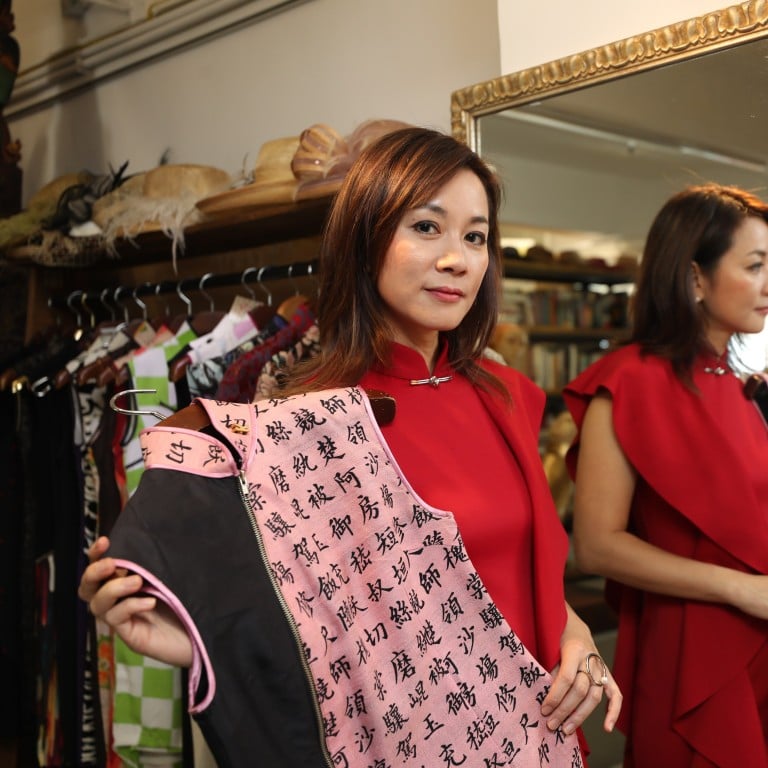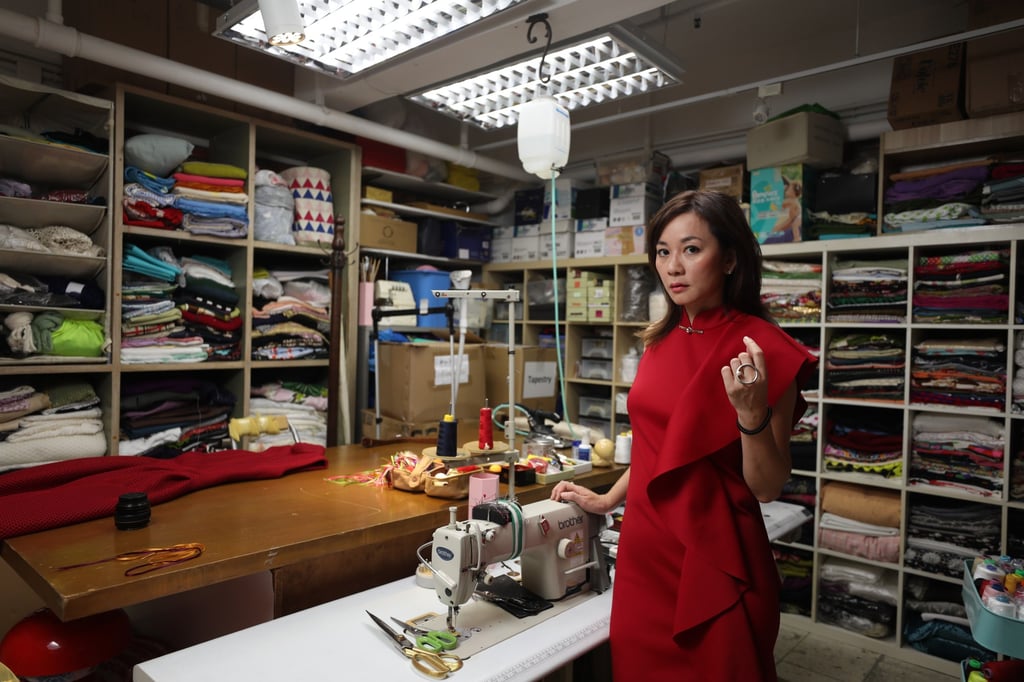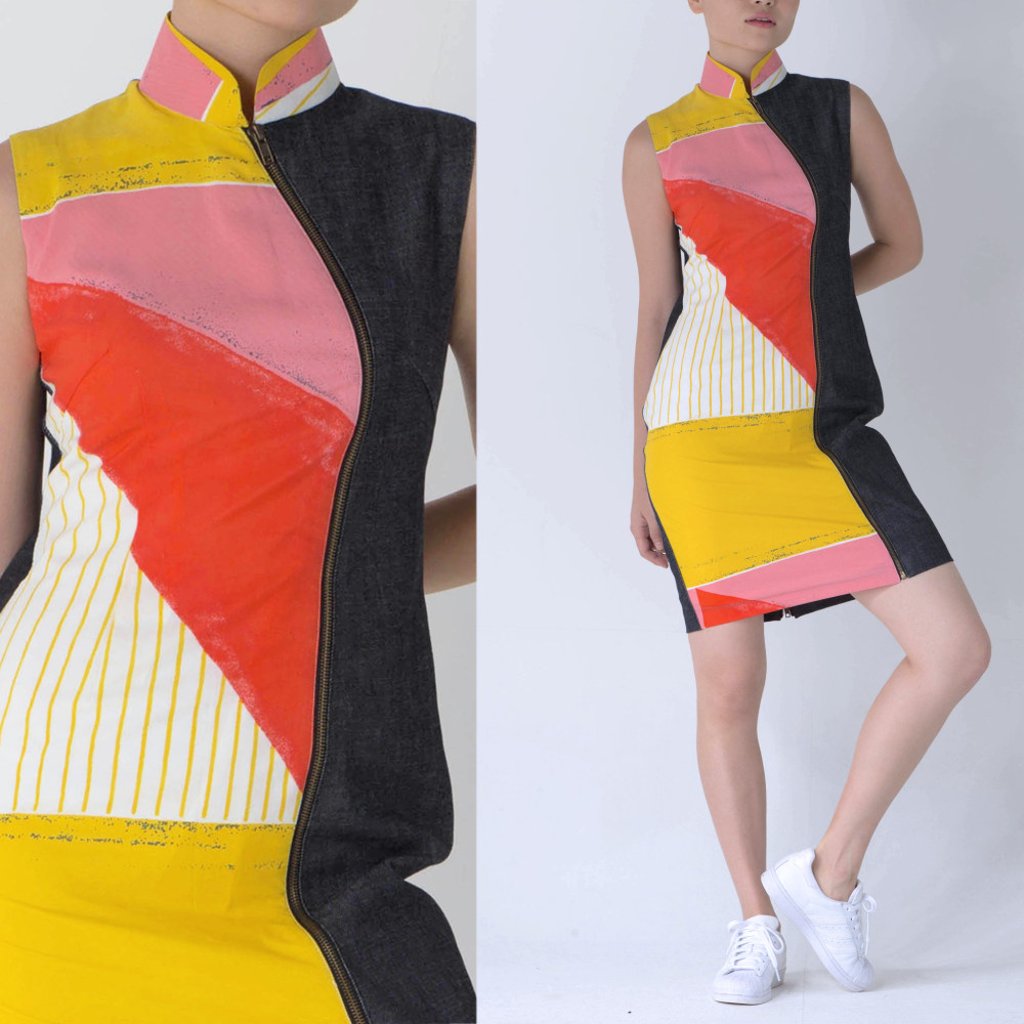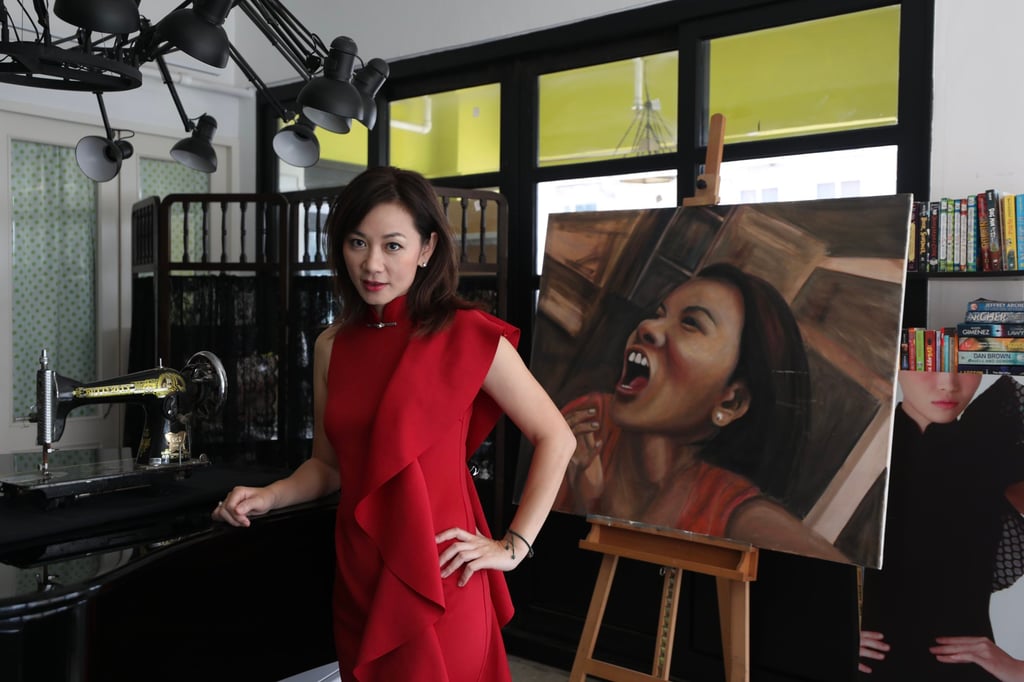Meet the Hong Kong artists preserving traditional Chinese crafts – from @streetsignhk’s quest to save neon signboards to fashion designer Ranee Kok’s modern cheongsams

- Ranee Kok, who worked for Donna Karan before starting her label Ranee K, says cheongsams are the opposite of fast fashion and can even be worn with trainers
- The trio behind @streetsignhk has saved more than 100 signs from demolition and recently made a neon Christmas tree for The Upper House’s lobby
Hidden away in Hong Kong’s industrial buildings, a legion of dedicated craftspeople ply their trade – as they have done over the years in time-honoured fashion.
As they toil to preserve a truly Hong Kong legacy, the next generation are looking to make their mark with their own twist on timeless traditions. Whether it is Tai Ping Carpets’ collaborations with young artisans such as Lim+Lu, or Nana Chan’s efforts to introduce tea appreciation through Teakha, traditional Chinese crafts are being kept alive and well, continuing to be relevant today.
Neon sign making is a very Hong Kong craft … We hope to connect people across different generations and show them the beauty of our heritage through its street signs

A typical day for cheongsam designer Ranee Kok starts with taking her boys Anton, 12, and Jonas, six, to school. All the while, she keeps an eye on her phone to field incoming requests so that she can hit the ground running upon arrival at her Wong Chuk Hang studio.
“I try to balance work and family time,” says Kok. “I now concentrate on bespoke cheongsams and qipaos. It is a process with my client: for what occasion will she wear the dress? Single or double piping? Sleeveless, capped sleeves or elbow length? What about the hemline? I see the cheongsam as our version of the little black dress. It is the opposite of fast fashion. Each dress is imbued with memories of the occasions where it is worn and the feelings those moments in time evoke. Some are even passed from generation to generation.”

“Cheongsams are part of our heritage,” Kok states. “Maggie Cheung’s cheongsams in that film represent a time and place in Hong Kong that everyone looks back on fondly. What I am most interested in is how to bring history into people’s lifestyle today. Street fashion has become high fashion and cheongsams can now be worn with trainers. Old fabrics have stories to tell. I sometimes incorporate heritage textiles salvaged from former Hong Kong garment factories into my work. I collaborate with environmental NGO Redress on some of its sustainable endeavours.”

Although she no longer operates a retail store, Kok’s designs can be bought at a Central Market shop. One of her dresses designed for a Canadian exhibition held this year will soon be available at the Hong Kong Arts Centre, where she earned her masters in fine arts through the school’s RMIT programme. “One thing for me hasn’t changed, I still love Chinese history,” says Kok. “I love packaging old things in new packages. Trends fade quickly. Timeless design will always endure.”